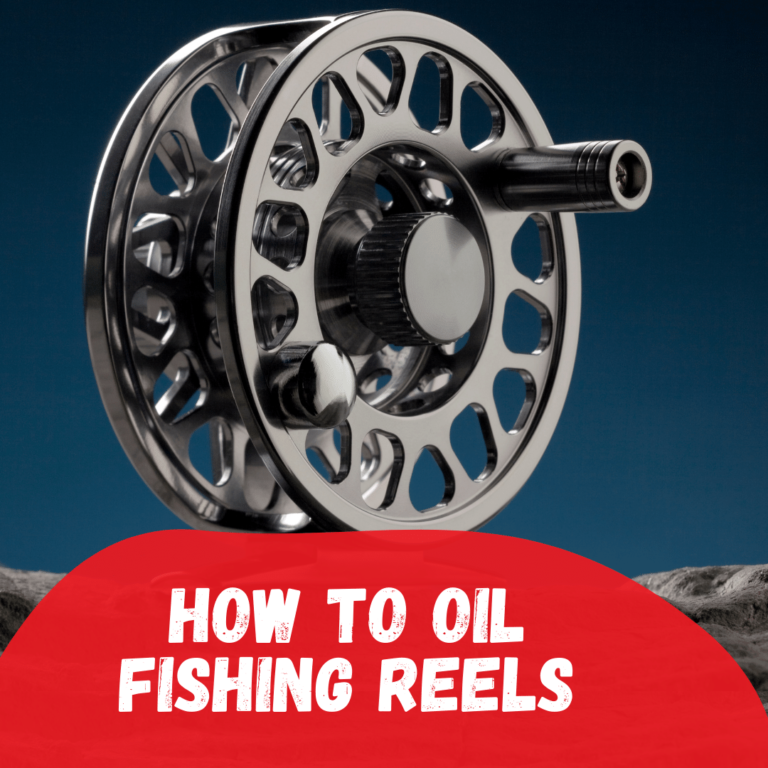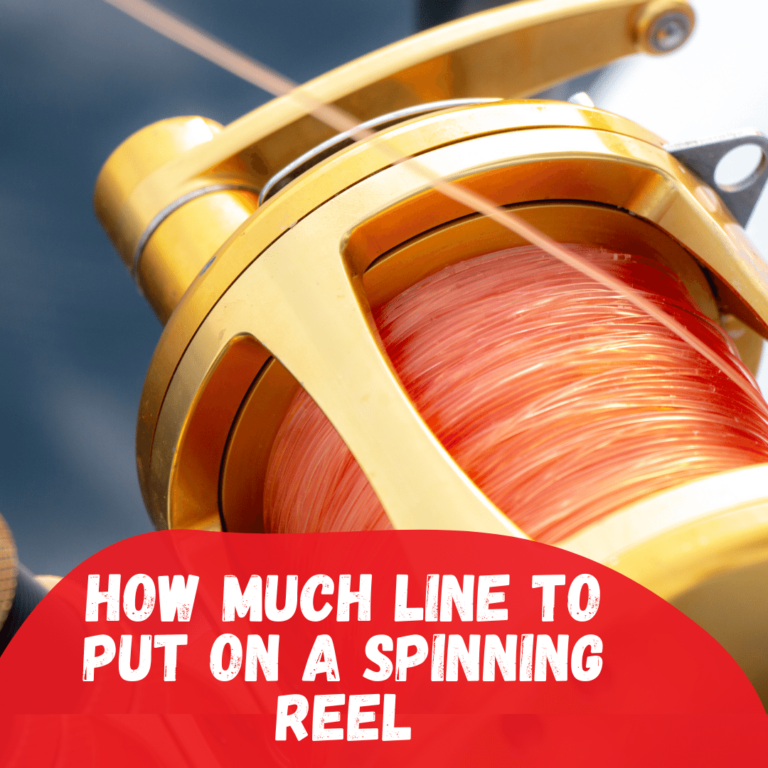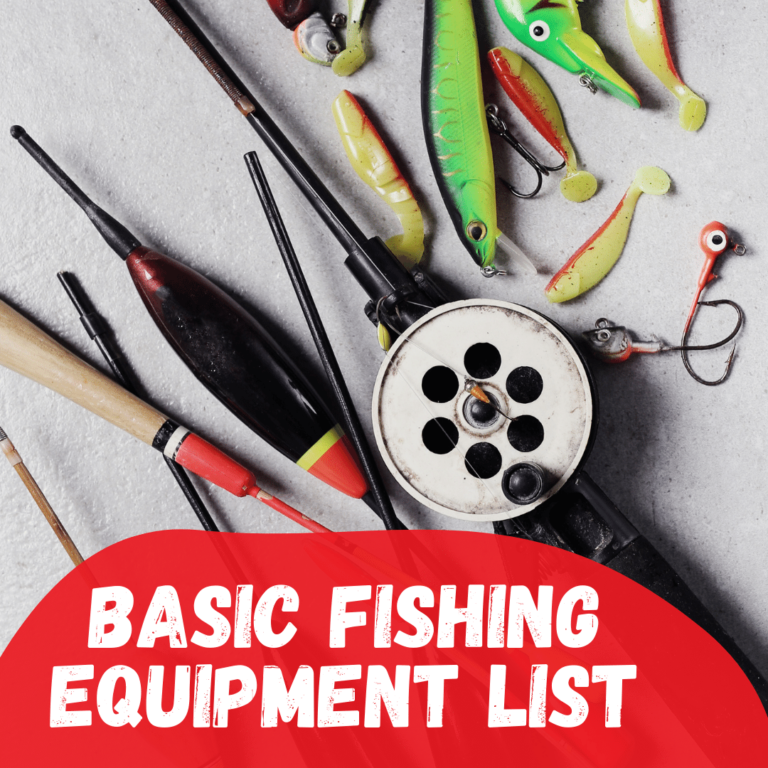Baitcaster vs. Spinning Reel
Every good fishing angler knows that you need superior fishing equipment to haul in the big catch. Two of the most common types of fishing rods that anglers use are spinning reels and Baitcasters.
We’re going to compare Baitcaster vs. spinning reels so you can understand the differences and benefits of each one. Many anglers prefer one model over the other, while some anglers may not have a preference. Certain fishing situations will also require a specific type.
Comparing Baitcaster vs. Spinning Reel side by side allows us to demonstrate the various uses, benefits, and downsides of both rods and how they measure up to each other. We’ll also look at Baitcaster vs. Spinning Reel’s pros and cons.
Baitcaster vs. Spinning Reel – What’s the Difference?
The biggest difference between a Baitcaster and a spinning reel is where the reel sits on the pole. Spinning reels mount beneath the rod with the spool perpendicular. Baitcasters mount on the top of the pole with an inline spool placement.
The reel’s placement and spool alignment affect how the line moves once cast. With Baitcasters, the fishing lines follow the rod after leaving the spool. Spinning reels cast the line away from the rod; it has to turn to travel the rod’s length.
The reel is what houses the fishing line. A button or lever releases the line. And a rotating handle retrieves the line. The unique design of the reel, including how you cast the line, varies by type.
In terms of Baitcaster vs. spinning reel casting distance, Baitcasters have a longer casting range, but the ease of casting a spinning reel lets you max out the length, also getting good distances.
We’re going to break this down in terms of each type and when you should use one over the other.
Baitcaster vs Spinning Reel
Baitcaster
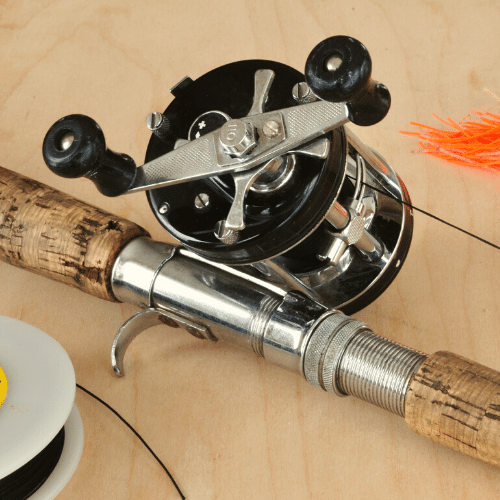
Baitcaster reels sit on top of the reel, and the spool lines up with the multiple rings so that the line goes straight down the rod. These reels are best with braid, fluorocarbon, and monofilament lines.
A major difference when Baitcasting (fishing with a Baitcaster reel) is that the spool moves as you cast your line. You have to keep the spool under control. Otherwise, the line moves faster than the speed of your cast, resulting in a knotted mess called backlash or bird’s nest.
It takes an experienced angler to maneuver their thumb into position to control and stop the line to travel at the proper speed.
You hold the rod and cast with your dominant hand; then, when reeling in the cast, the dominant hand works the reel while holding the rod in your non-dominant hand.
Baitcaster reels are harder to use and require a decent amount of experience to cast properly. However, if one can master the art of baitcasting, then it will be the favorite option every time.
Baitcaster Advantages
- Durable
- Holds heavier line, lures, and fish
- Lightweight
- Better control and precision of distance
Baitcaster Disadvantages
- Expensive
- Requires experience
- Frequent backlashing
- Harder to learn
When to Use
You can use Baitcasters for a variety of fishing conditions:
- Harsh or tough weather conditions
- When you have enough angler experience
- When targeting large fish
- For frequent casting
Spinning Reel
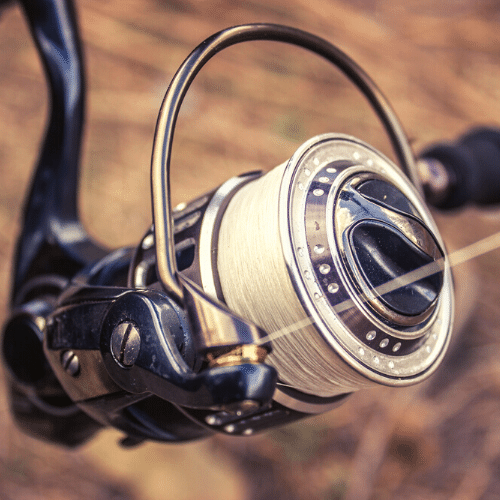
When fishing with a spinning or spin-cast reel, you’re spin-casting. As we’ve explained, these types mount beneath the pole with the spool facing perpendicular. The spool holds the fishing line, which goes through a power roller, then strings through the guides along the rod’s length. A bail – a curved, moveable metal arm – secures the line to the power roller, so the line doesn’t move.
Spinning reels do not have moving spools, so you have to hold the line tight with your index finger while getting ready to cast. Hold pressure during the backswing. Once you finish your swing, release the line by moving your finger.
Spincasting gives you better speed control without having to maintain steady pressure to the line. Good quality spinning reels will also have an adjustable drag via a spinning dial at the spool’s front.
Changing the drug alters the resistance of the line when a fish pulls on it. It’s crucial to set the drag according to the type of fish you’re targeting so you don’t end up with a broken or spit-out line.
Spinning Reel Advantages
- Cheaper
- Easier to operate
- Doesn’t backlash
- Works for multiple fish species using lightweight lures and line
- Good for reaching tight spaces under trees or around shorelines
Spinning Reel Disadvantages
- Challenging for beginners
- The line can tangle, tear, or get wind knots
- Not strong enough for big fish
- No control over distance
When to Use
There are several situations when you would get better performance and results by using a spinning reel or spin caster. These can be:
- When targeting smaller to standard fish
- When using lightweight tackle and lures
- When shopping on a budget
- When using rod holders
- For beginners
Spinning Reel Variation for Beginners
Another option for a spinning reel is a spin cast. This type is the easiest to use and is excellent for extreme beginners who do not want to control the line and children.
You’ll rarely see an experienced angler using a spin caster. These are easy to identify from spinning reels, as they have a plastic or metal cover that hides the internal components, including the spool.
This solid housing – sometimes referred to as closed-faced – helps keep the line from tangling during casts, although it’s still a possibility with a bad cast.
A plastic button operates the line. To cast your line or free spool, push the button down with your thumb. To stop the line, aka lock it, release the button.
Not locking your line after casting can result in missing a fish, as the line is loose enough for the fish to run. When it’s locked, you’ll feel the fish tug on the line, allowing you to set the hook and bring in your catch.
Final Thoughts
Whether you decide to use a Baitcaster or a spinning reel is up to you. It depends on your level of experience, the location of your fishing, and also the type of fish you hope to catch.
Take your time, do your research, and explore both options when you can in order to truly decide which one is right for you and your fishing style.

